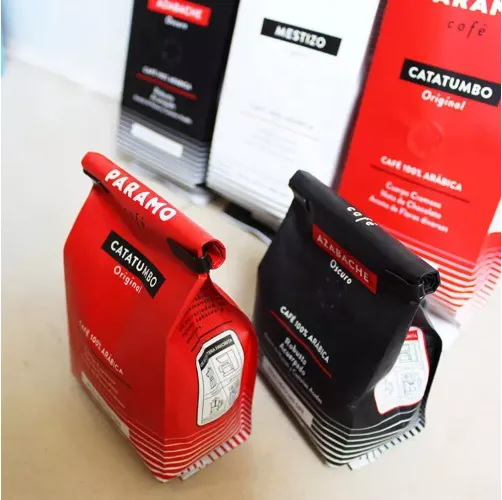- Afrikaans
- Albanian
- Amharic
- Arabic
- Armenian
- Azerbaijani
- Basque
- Belarusian
- Bengali
- Bosnian
- Bulgarian
- Catalan
- Cebuano
- chinese_simplified
- chinese_traditional
- Corsican
- Croatian
- Czech
- Danish
- Dutch
- English
- Esperanto
- Estonian
- Finnish
- French
- Frisian
- Galician
- Georgian
- German
- Greek
- Gujarati
- haitian_creole
- hausa
- hawaiian
- Hebrew
- Hindi
- Miao
- Hungarian
- Icelandic
- igbo
- Indonesian
- irish
- Italian
- Japanese
- Javanese
- Kannada
- kazakh
- Khmer
- Rwandese
- Korean
- Kurdish
- Kyrgyz
- Lao
- Latin
- Latvian
- Lithuanian
- Luxembourgish
- Macedonian
- Malgashi
- Malay
- Malayalam
- Maltese
- Maori
- Marathi
- Mongolian
- Myanmar
- Nepali
- Norwegian
- Norwegian
- Occitan
- Pashto
- Persian
- Polish
- Portuguese
- Punjabi
- Romanian
- Russian
- Samoan
- scottish-gaelic
- Serbian
- Sesotho
- Shona
- Sindhi
- Sinhala
- Slovak
- Slovenian
- Somali
- Spanish
- Sundanese
- Swahili
- Swedish
- Tagalog
- Tajik
- Tamil
- Tatar
- Telugu
- Thai
- Turkish
- Turkmen
- Ukrainian
- Urdu
- Uighur
- Uzbek
- Vietnamese
- Welsh
- Bantu
- Yiddish
- Yoruba
- Zulu
define aseptic
Understanding Aseptic Techniques A Key Component in Various Industries
Aseptic techniques play a crucial role in numerous fields, particularly in medicine, pharmaceuticals, and food production. The term aseptic originates from the Greek word septikos, meaning capable of causing infection. Essentially, aseptic methods are designed to achieve a sterile environment, preventing contamination and ensuring safety. This article explores the definition of aseptic techniques, their importance, and their applications across different industries.
Definition of Aseptic
Aseptic refers to the absence of viable microorganisms that can potentially cause infection or spoilage. Aseptic techniques involve a series of practices that aim to maintain this sterile environment by preventing the introduction of contaminants during procedures. In a laboratory or clinical setting, these techniques include the use of sterilized instruments, wearing protective clothing, and maintaining clean workspaces.
Importance of Aseptic Techniques
The significance of aseptic techniques cannot be overstated. In the medical field, for instance, surgical procedures require strict adherence to aseptic protocols to reduce the risk of postoperative infections. The introduction of harmful pathogens into sterile environments can lead to severe complications, increased healthcare costs, and, in some cases, fatalities. Thus, a comprehensive understanding of aseptic practices is essential for healthcare professionals to ensure patient safety.
In the pharmaceutical industry, aseptic techniques are vital in the development and manufacturing of drugs, especially those administered via injection. Any contamination in parenteral solutions can compromise the efficacy and safety of the medication, potentially leading to adverse patient outcomes. Therefore, maintaining aseptic conditions is crucial during the preparation, filling, and packaging of injectable drugs.
define aseptic

In food production, aseptic techniques also play a significant role in ensuring food safety. The goal is to eliminate pathogenic microorganisms that can cause foodborne illnesses. Processes such as pasteurization and sterilization are examples of aseptic methods that help preserve the nutritional quality and prolong the shelf life of food products. By adopting aseptic practices, food manufacturers can guarantee that their products meet safety standards and are safe for consumption.
Applications of Aseptic Techniques
Aseptic techniques are employed in various applications beyond medicine and food production. In laboratory settings, scientists utilize these methods when conducting experiments that require sterile conditions, such as cell culture and microbiological assays. The use of laminar flow hoods, autoclaving equipment, and sterile media ensures that research results are not compromised by unwanted contaminants.
Moreover, aseptic techniques are crucial in the cosmetic industry, particularly when developing products that include water or require a long shelf life. The presence of bacteria and fungi can lead to product deterioration and harm the end-users. Implementing aseptic conditions during the formulation and packaging of cosmetic products helps to maintain their quality and safety over time.
Conclusion
In summary, aseptic techniques are essential for maintaining sterile environments across various industries, including healthcare, pharmaceuticals, food production, and research laboratories. By preventing contamination and ensuring product integrity, these techniques safeguard public health and enhance the overall quality of goods and services. As our understanding of microorganisms continues to evolve, so too will the practices and technologies associated with aseptic techniques, further bolstering their importance in our daily lives. Embracing aseptic methods is not only a best practice but a necessity in our quest for safety and quality in the products and services we rely on.













